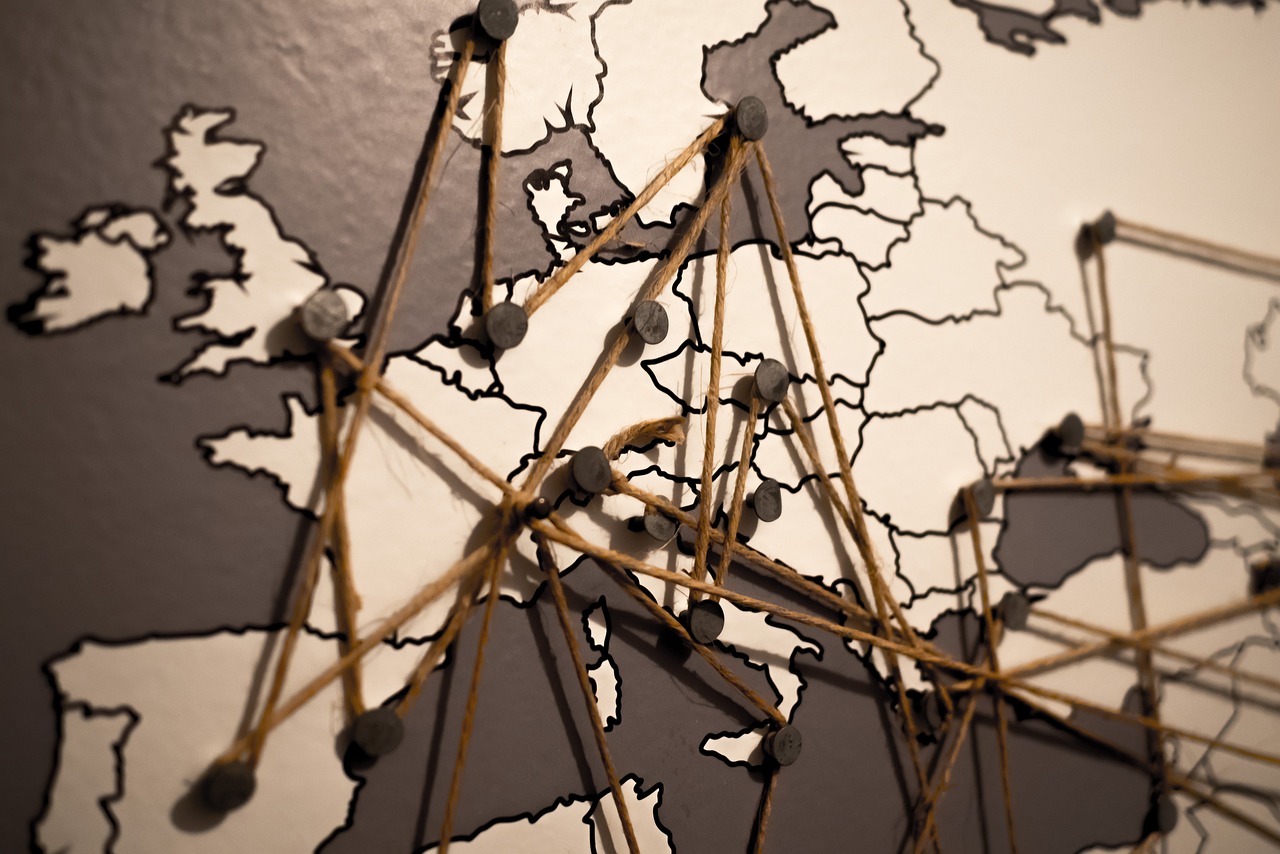AP European History 🇪🇺
335 resourcesSee Units
Multiple Choice Practice for The Cold War and Contemporary Europe
Welcome to Unit 9 AP Euro Multiple Choice Questions! Grab some paper and a pencil 📄 to record your answers as you go. You can see how you did on the Unit 9 Practice Questions Answers and Review sheet once you're done. Don't worry, we have tons of resources available if you get stumped 😕 on a question. And if solo study is not your thing, join a group in Hours!
Not ready to take a quiz yet? Take a look at the Intro to Unit 9.

Image courtesy of Pixabay
Facts about the test: The AP Euro exam has 55 multiple choice questions and you will be given 55 minutes to complete the section. That means it should take you around 1 minute per question.
The following questions were not written by College Board and, although they cover information outlined in the AP Euro Course and Exam Description, the formatting on the exam may be different.
1. The plan to economically rebuild Europe using United States funds was called the:
A. Anti-Communism Action
B. Roosevelt Plan
C. Marshall Plan
D. Truman Doctrine
2. This was the name of the alliance between several European nations and the United States in response to growing concerns of the Soviet Union.
A. Council for Mutual Economic Assistance
B. European Alliance
C. Warsaw Pact
D. NATO
3. This was the name of the alliance between the USSR and other communist states:
A. The Iron Curtain
B. Communist Bloc
C. Warsaw Pact
D. NATO
4. Following WWII the consensus among most non communist European nations was:
A. That cooperation and unity would lead to more economic growth and prosperity
B. European nations should become more isolationist in order to avoid future global conflicts
C. European nations should combine military forces but keep their economic markets separate.
D. That people should receive less government assistance and governments should not regulate businesses.
5. The only communist state in eastern Europe, under the leadership of Josip Broz Tito, to resistance the influence of the USSR was:
A. Ukraine
B. Bulgaria
C. Poland
D. Yugoslavia
6. When Khrushchev took power in the USSR he began the process of:
A. Reverting back to a traditional monarchy
B. Backing off of Stalinist policies
C. Reinforcing Stalinist policies
D. Breaking away from communism and establishing more democratic ideas
7. Throughout the 1950s, 60s, and 70s most European imperialist nations took what approach with their colonies?
A. They worked to make their colonies a crucial part of their European territory by mandating the native language and instituting western ideology.
B. They usually created European run governments that remained separate from European nations but were run by non native Europeans.
C. They double downed on imperialism and colonialism to make up for their poor economic situations following WWII.
D. They pulled out of their colonies with (usually) little to no bloodshed.
8. Which of the following would be an example of the United States acting on the Domino Effect theory?
A. Six Day War
B. Cuban Missile Crisis
C. Prague Spring
D. Vietnam War
9. One the closest moments of full on war between the Soviet Union and the United States came during the:
A. Cuban Missile Crisis
B. The Bay of Pigs Invasion
C. The Helsinki Accords
D. The Prague Spring
10. What event established the Brezhnev Doctrine?
A. The Helsinki Accords
B. Prague Spring
C. Bay of Pigs
D. Cuban Missile Crisis
11. Gamel Abdul Nasser, the populist Egyptian leader, gained control of what key economic location from the British?
A. The Strait of Gibraltar
B. India
C. The Panama Canal
D. Suez Canal
12. The systematic segregation and oppression of black South Africans by the white minority was known as:
A. The British Raj
B. The Separate but Equal Clause
C. Jim Crow
D. Apartheid
13. The era of government and large corporation funded science became known as:
A. The Scientific Revolution
B. Science Engineering
C. Big Science
D. The Era of Science
14. Often compared to the Fall of the Bastille, this event marked the end of communist rule in a divided Germany.
A. The Prague Spring
B. The tearing down of the Berlin Wall.
C. The Battle of Berlin
D. Apartheid
15. In 2016 which country voted to leave the European Union?
A. Germany
B. Britain
C. France
- 🙌 Time to check your answers on Unit 9 Practice Questions Answers and Review.
- 🤝Connect with other students studying AP Euro with Hours.
Browse Study Guides By Unit
🎨Unit 1 – Renaissance & Exploration
⛪️Unit 2 – Reformation
👑Unit 3 – Absolutism & Constitutionalism
🤔Unit 4 – Scientific, Philosophical, & Political Developments
🥖Unit 5 – Conflict, Crisis, & Reaction in the Late 18th Century
🚂Unit 6 – Industrialization & Its Effects
✊Unit 7 – 19th Century Perspectives & Political Developments
💣Unit 8 – 20th Century Global Conflicts
🥶Unit 9 – Cold War & Contemporary Europe
🚀Thematic Guides
📝Long Essay Questions (LEQ)
📆Big Reviews: Finals & Exam Prep

Fiveable
Resources
© 2023 Fiveable Inc. All rights reserved.